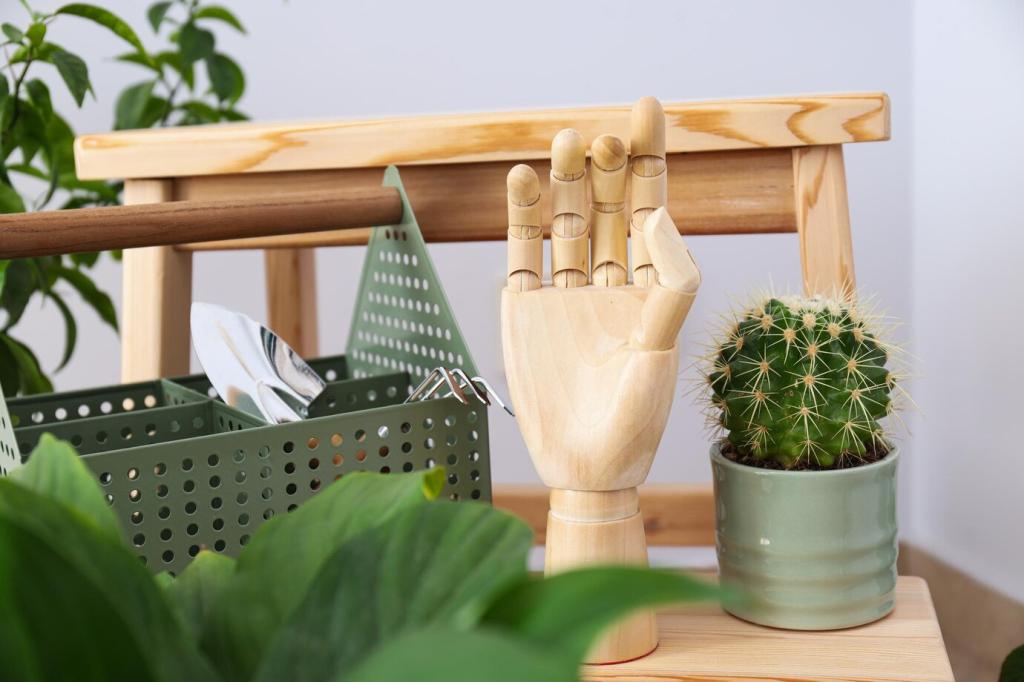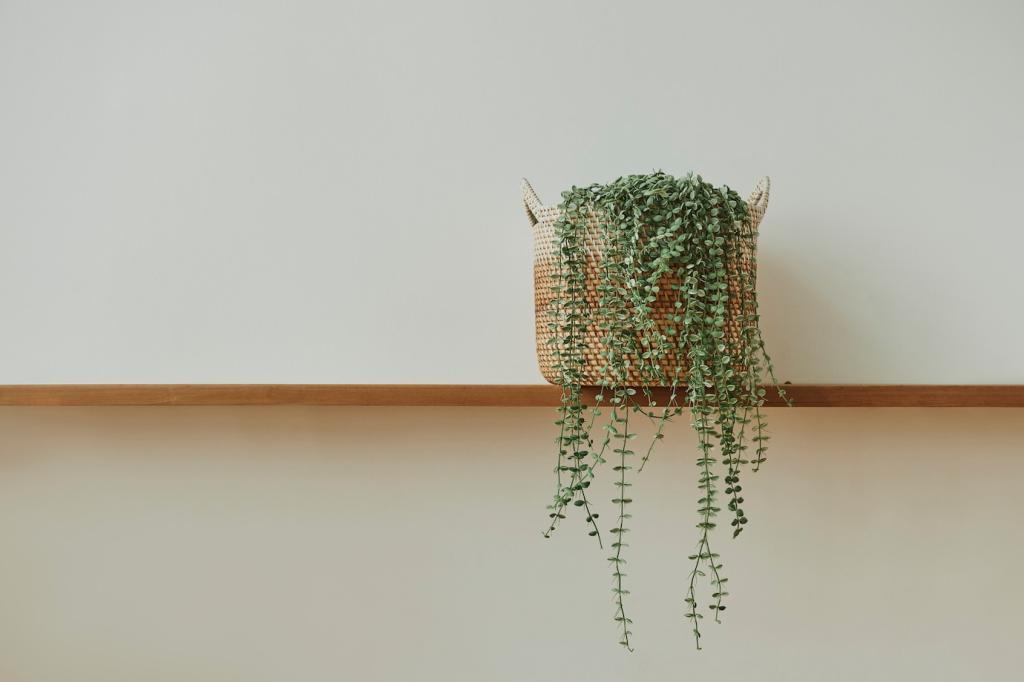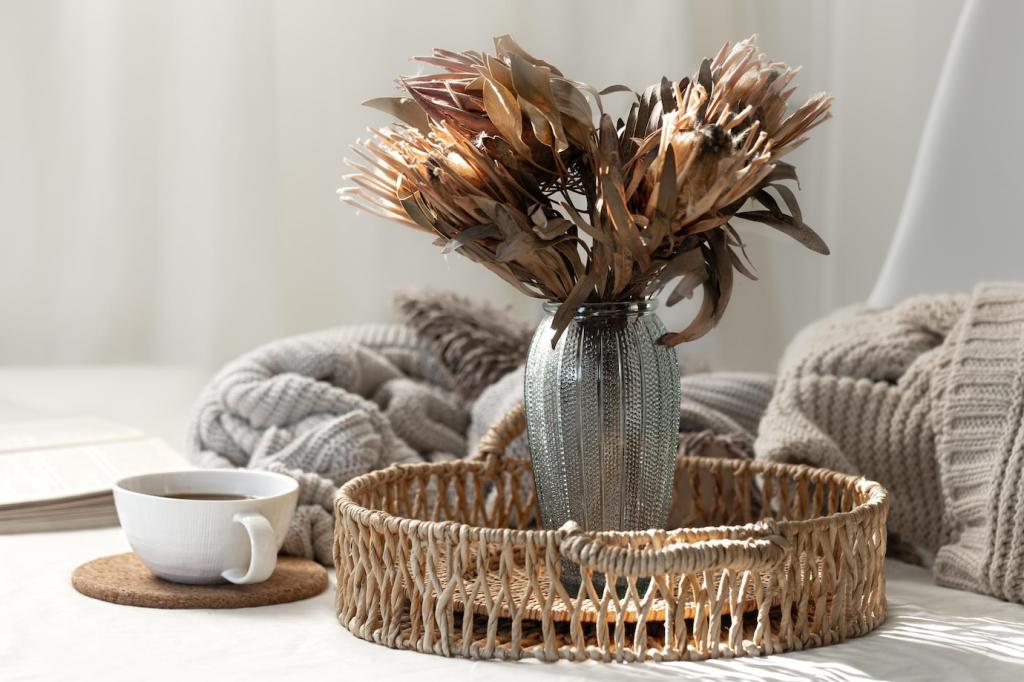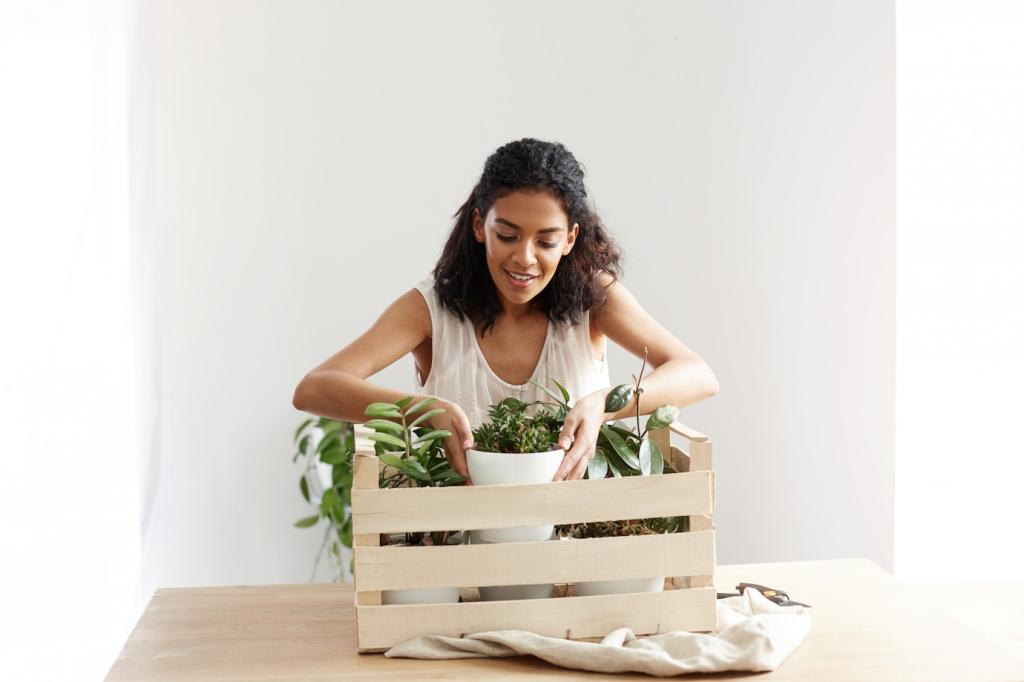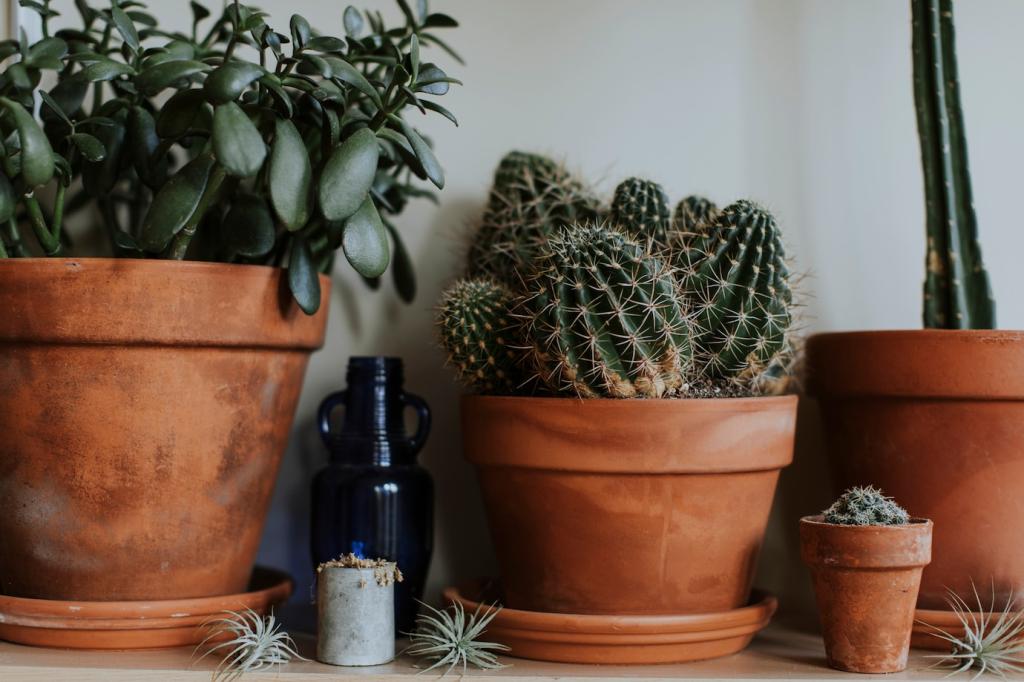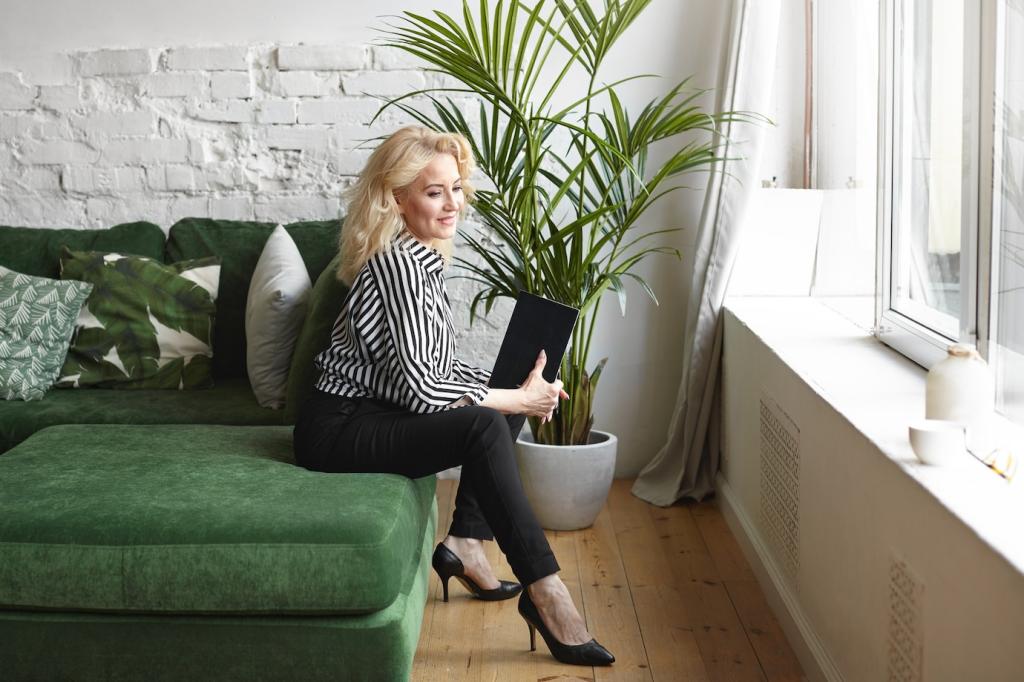Why Upcycling Belongs in Your Home
Americans discard millions of tons of furniture each year, much of it bulky and barely worn. Upcycling diverts pieces from landfill, preserves embodied energy, and dramatically cuts transport and packaging waste. Multiply one rescued chair by a lifetime of thoughtful choices, and your home becomes a quiet engine for change. Tell us your latest save and inspire another reader today.
Why Upcycling Belongs in Your Home
A vintage sideboard from your grandmother, a crate from a market stall—every mark carries memory. Upcycling techniques let you honor history while adapting pieces to modern needs. You are not just decorating; you are curating narratives that guests actually ask about. Share a quick story in the comments about the most meaningful upcycled object in your space.
Why Upcycling Belongs in Your Home
New furniture can strain both wallet and planet. Upcycling lets you channel resources into great finishes and better tools, not wasteful packaging. With smart sourcing and a weekend’s effort, a $20 thrift find becomes a custom star. Subscribe for a monthly checklist of budget-friendly upgrades you can complete in a single afternoon.

